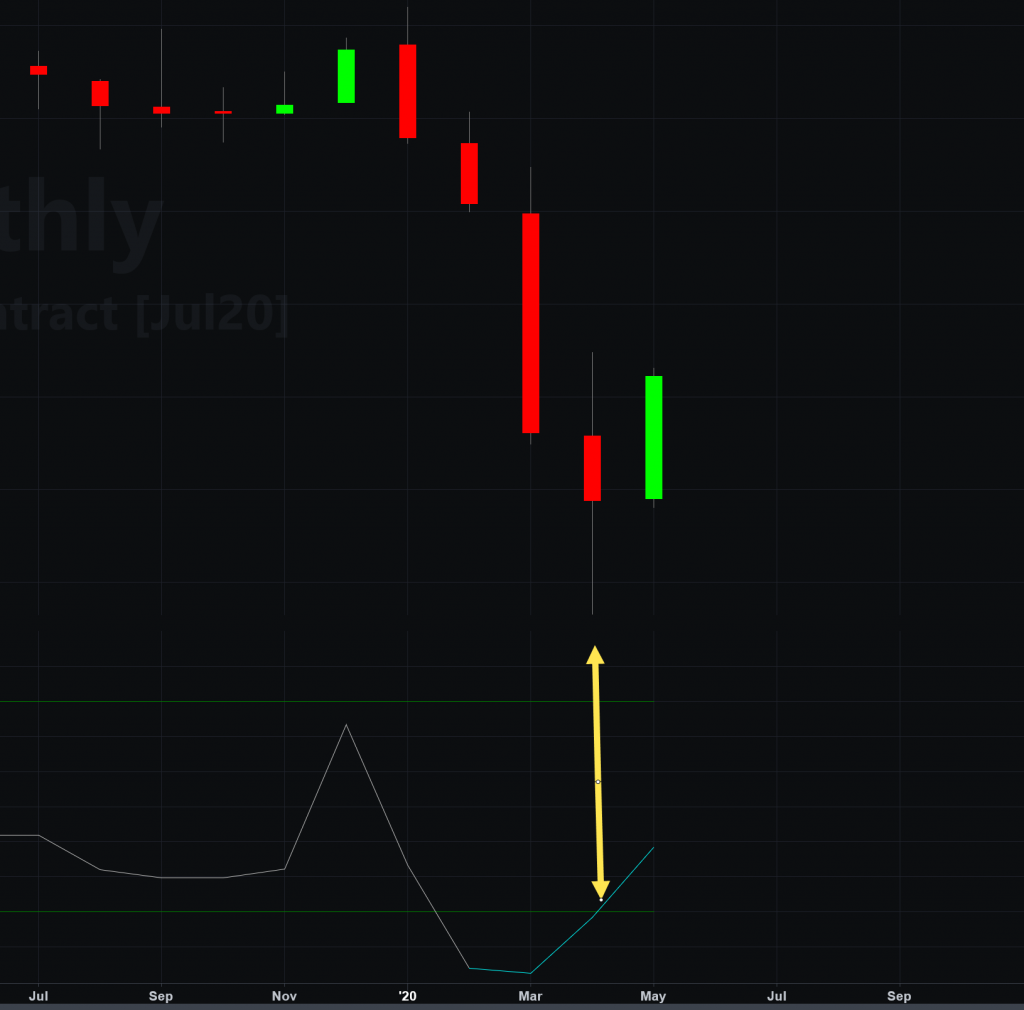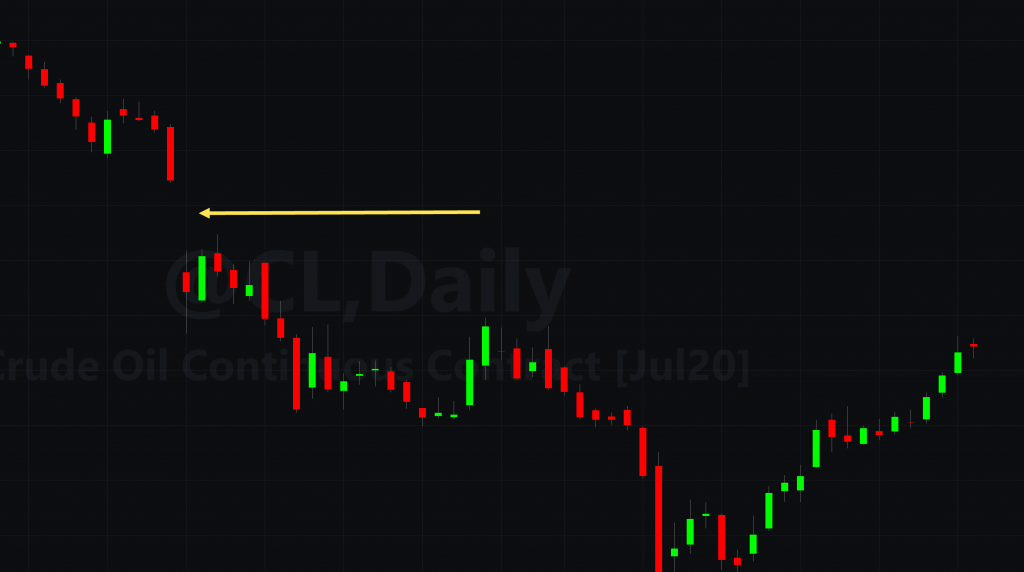In any normal year, the action that took place in oil markets this year would be the number one finance story hands down. With the COVID-19 pandemic, 2020 has not been a normal year, however. Crude Oil (@CL) saw the front-month futures contract plunge into negative territory (-$30!) for the first time in history last month. Shortly after the historic drop, the continuous Crude Oil futures contract blasted higher moving up by more than 300 percent in rapid fashion. While Crude has been trading more like a weekly option than a futures contract of late in terms of wild price swings, the commodity should be watched by all traders regardless of whether they have a position or not. Oil is a large part of the U.S. economy, and when the commodity shows strength it can help to buoy equity prices.
Inventories Drop
Last week, the Energy Information Administration (EIA) released the latest Crude Oil inventories data. Crude inventories saw a drop of 745,000 barrels. Though Crude Oil initially had a two percent pullback, it has rallied strongly since, taking it past last month’s highs and back into the low $30s. Crude Oil prices began to unravel in January long before equities corrected, and COVID-19 became a global pandemic.
Storage Frees Up, as Production Drops
In response to anemic demand, The Organization of the Petroleum Exporting Countries (OPEC) agreed to a cut of 9.7 million barrels a day on April 12, the largest cut ever. Though the cut was unprecedented, it was still not enough. Global consumption was so low that storage hit capacity. The front-month Crude Oil futures contract went negative because without the ability to “take delivery” the front-month contract of Crude Oil was essentially worthless. After the crash, many countries such as Saudi Arabia announced further voluntary cuts. Large producers like Aramco and British Petroleum (BP) also joined in.
Storage is no longer at capacity. The oil rig count (the number of oil rigs in operation), a storage measure that is forward-looking in terms of capacity, is at the lowest level since the data started being collected 80 years ago. The rebound in Crude is likely a representation of production being dialed back while demand slowly ticks up as global economies gradually begin to reopen.
Massive Divergence Appears as Technicals Improve
The Crude Oil continuous contract (@CL) has ripped off the lows from around $7 to the $31 area. One major clue that a massive rally was possibly coming was the prominent divergence seen on the % Williams R indicator. % Williams R is momentum tool technicians use to spot potentially oversold or overbought conditions using the instrument’s closing price to the high-low range over a specific period, typically 14 days. The oscillator has a range between 0-100. Looking at a monthly chart of the continuous contract you can see the % R hit a low of 2.50 (extremely oversold) in March, prior to the low in oil. In April, Oil hit another low, but the % Williams R began to bounce off the lows rising to 18. This was a clear indicator of a momentum failure or “Bullish Divergence”.

@CL shows a bullish divergence on the monthly chart
The continuous Crude futures Contract also formed a very large “hammer” candle in April. The next battleground between bulls and bears will likely be in the $35 area which is the high of that candle. Bears will want to keep the price below that level to maintain long term pressure on the commodity. If bulls can get the price above that area the next logical target to eye would be the $42-$46 area which is the open gap where the sell-off started to accelerate.

Bulls gun for open gap at $46
With the normally busy Memorial Day holiday on the horizon, it will be interesting to see whether the rally in Oil was simply a relief rally, or if traders continue to look past short term demand issues.



























